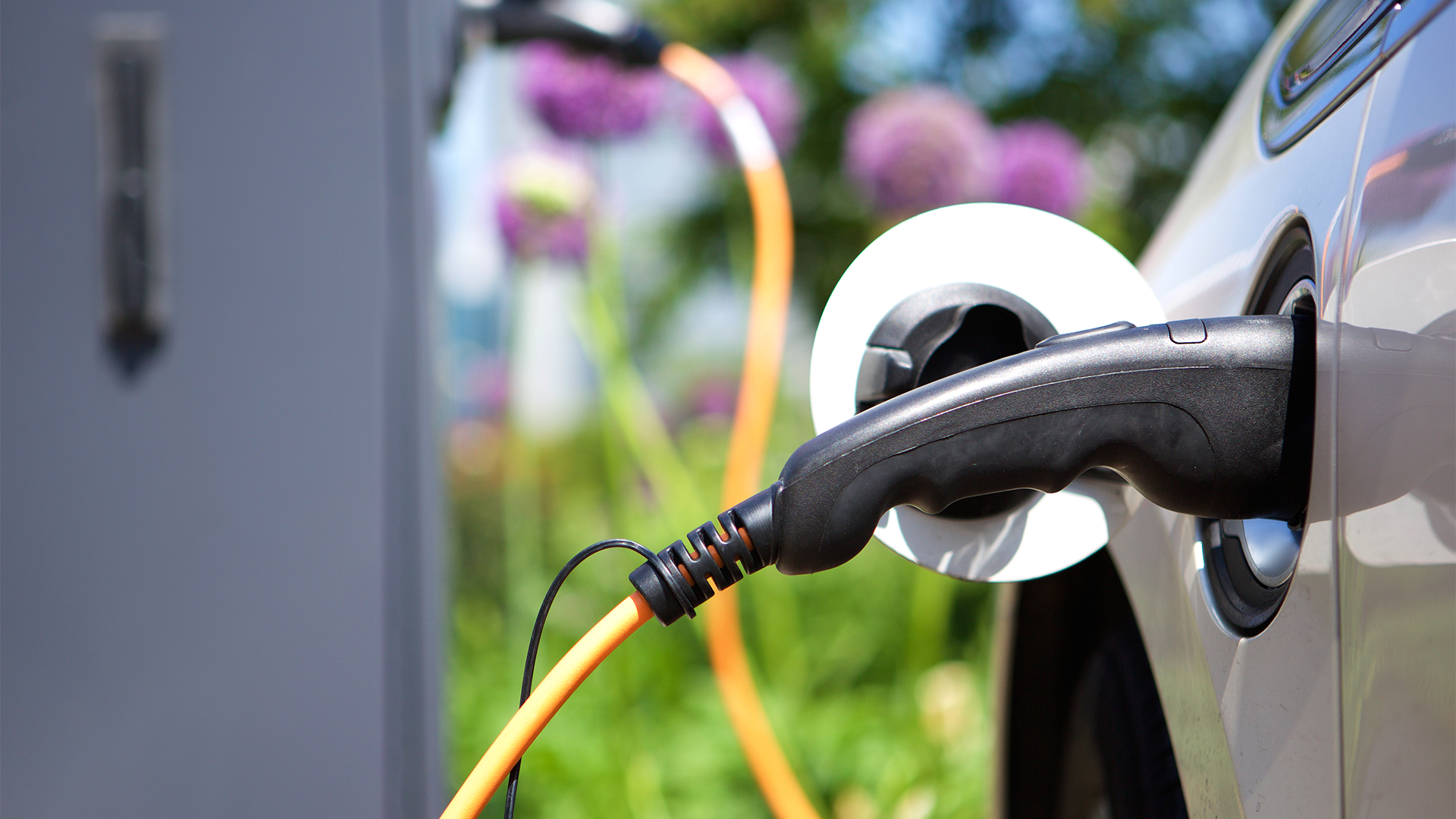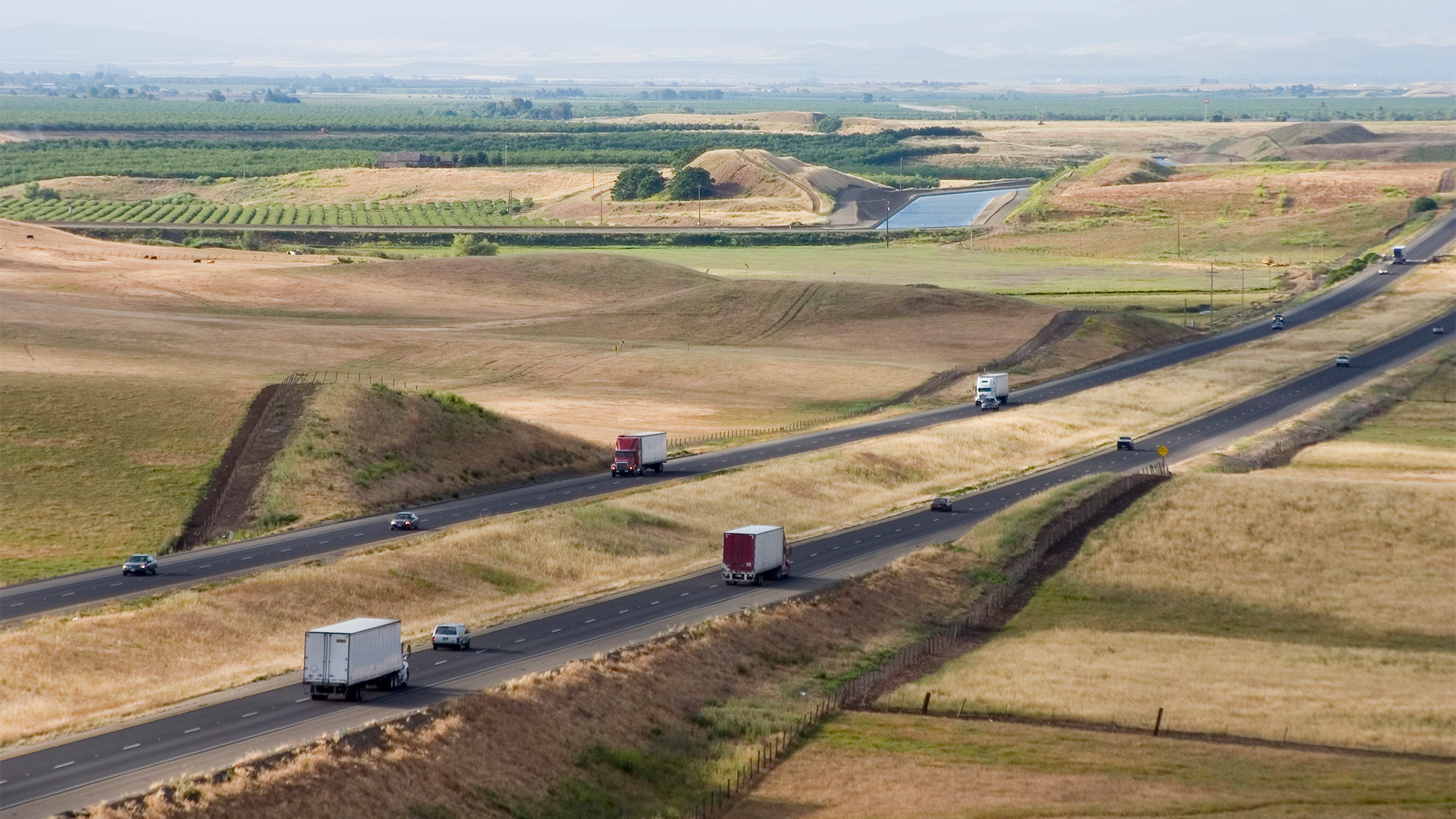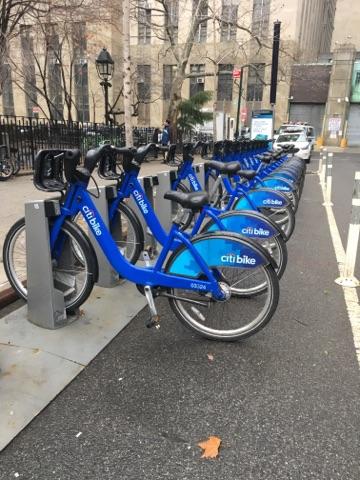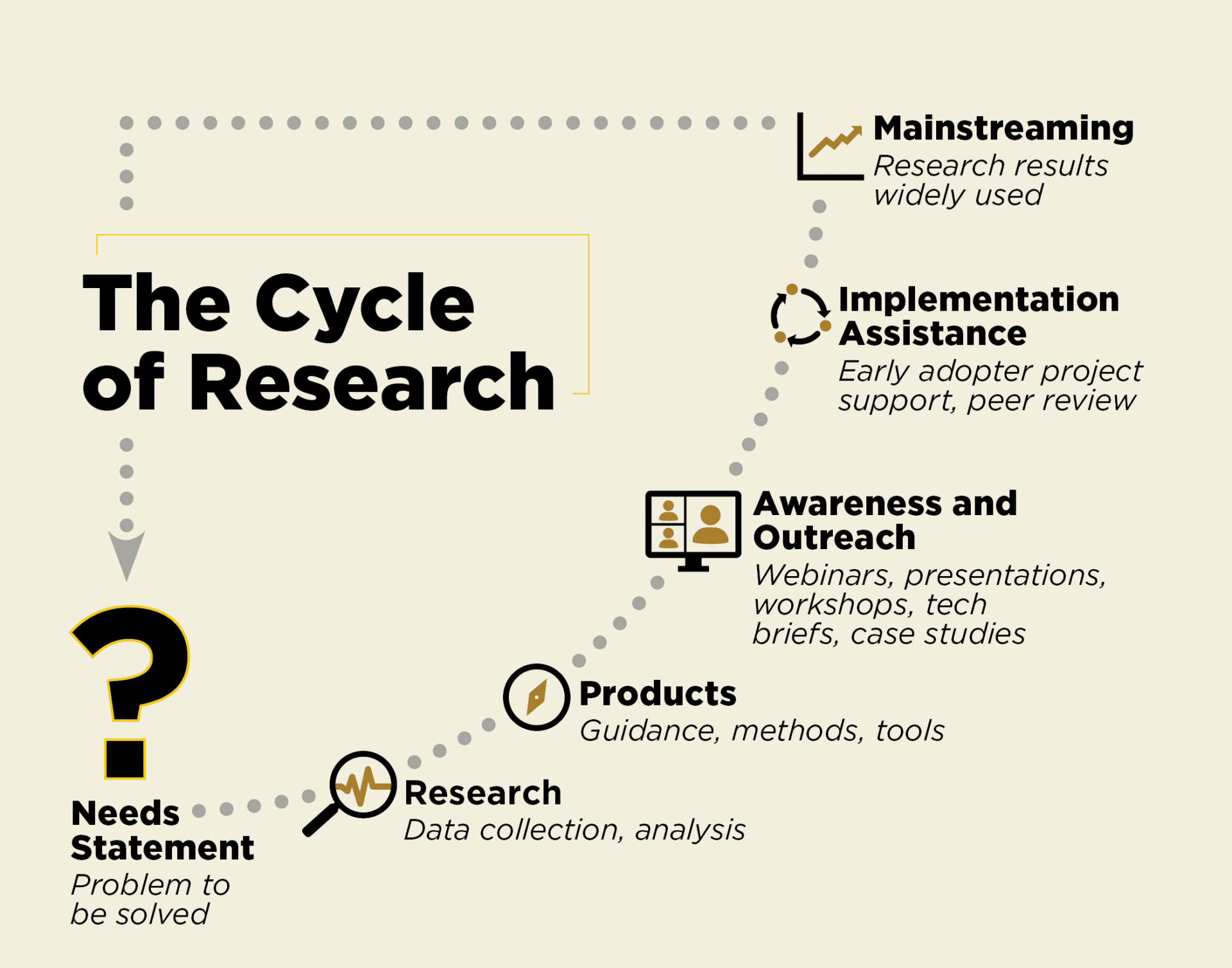January 25, 2023
With more than 20 million people living in New York-“nine million alone in New York City, an epicenter of culture and finance-“the state maintains a global reputation as a leader. It’s fitting, then, that the New York State Energy Research and Development Authority (NYSERDA) 2022 Clean Transportation Program announced an ambitious goal of cutting state carbon emissions by 80 percent by 2050. With this figure, the state both continues the global trend toward green planning while also, in escalating the scope of commitment, leading it.

NYSERDA's Clean Transportation Act calls for a widespread movement toward electrification.
At Kittelson, we’re always on the lookout for ways we can support leaders in their efforts to plan more sustainably. In 2022, we assisted NYSERDA’s clean transportation efforts in two major capacities. First, we helped NYSERDA to develop their Clean Transportation Act, a collaborative way of translating the authority’s lofty climate goals into discrete, actionable directions. With the plan completed, we consulted on individual project applications for the inaugural cycle of NYSERDA’s Clean Transportation Prizes, which asked project teams to submit proposals for innovative ways to make getting around the state greener.
Our multi-pronged collaboration with NYSERDA to develop and advance their climate goals gave us the chance to reflect on what’s truly needed to combat a challenge as complex as climate change. We’ll detail both phases of the collaboration, then examine how the overall process fulfilled-“and surprised-“our expectations about the relationship between research and implementation (R&I).
Phase I: Defining NYSERDA’s Green Transportation Goals
Our initial work with NYSERDA was born out of a goal that’s now commonly held on the state level: to be greener. To help New York State meet this goal, we worked with NYSERDA to develop a document with long-range planning guidance designed to reduce greenhouse and carbon gas emissions.
NYSERDA’s Clean Transportation Program has four main objectives:
- enhance energy efficiency
- use cleaner fuels
- improve mobility and reliability
- reduce roadway congestion
Our work, which was done largely alongside fellow consulting firm CADMUS, touched each of these goals. CADMUS led an electrification assessment of the state’s existing transportation infrastructure, while we turned our attention to developing sustainable transportation policy throughout the state.
Many of our policy suggestions looked at ways that emerging technologies could make freighting, a major source of transportation pollution, more efficient across the state’s transportation network. The ChargeNY and Truck Voucher Incentive Programs, for example, offer financial reciprocity to companies that choose to electrify their heavy-load freight truck fleets. (New York freighting companies looking to get started on the road to electrification can consult NYSERDA’s implementation manual here.)

Long-haul trucking is a major contributor to greenhouse gas emissions; finding some alternate power source can help protect local, national, and global supply chains-as well as the globe.
We also, in our early development of the plan, anticipated what now, in the wake of COVID-19, seems obvious: we don’t need to transport ourselves as frequently as we once thought. The pandemic has thoroughly demonstrated just how much of daily life, including many jobs, can be done from a living room. As communities open up again, it’s worthwhile from a sustainability standpoint for states to consider offering incentives to employers who don’t require their workers to come into the office.
These policies, which we presented to the State Transportation Advisory Panel and which were ultimately incorporated into NYSERDA’s roadmap, because they ask every network user only to adjust their travel habits in proportion with their environmental impact and existing resources. The power of NYSERDA’s Clean Transportation Program resides not in the effect of any single policy, but in how it chips away at a large problem from many angles at once, the accrued effect of its many policies working in tandem to make all transportation more efficient.
Phase II: The NYSERDA Clean Transportation Prizes
Shortly after we concluded our consultation on NYSERDA’s Clean Transportation Act roadmap in early 2021, we began assisting the energy authority from the other end of the equation, lending our support to project teams as they put together competitive proposals for NYSERDA’s Clean Transportation Prizes. These prizes, announced in April 2021 and awarded in November 2022 by Governor Hochul, sought cutting-edge proposals for pilot projects that would use emerging technologies to reduce New York State’s carbon footprint, offering funding to winning teams in three categories:
- Electric truck and bus challenge: considering more sustainable ways to transport people and goods en masse, from electric microtransit systems to strategic reductions in truck idling.
- Electric mobility challenge: promoting microtransit options to improve transportation outcomes across the board, including in low-income communities and communities that have been historically marginalized.
- Clean neighborhoods challenge: focusing on making clean transportation technologies (like e-bikes) available through subsidized programs to low-income areas, like the Bronx, Brooklyn, and Queens. The goal of this category was to shorten and improve individual commutes.
 We assisted in an advisory capacity on select proposals, helping to shape concepts brought to us by teams into proposal-ready packages. This work often involved grounding project concepts in technical fundamentals; on one proposal in the “clean neighborhoods” challenge, we used New York’s travel survey as a foundation to model the potential ways e-bikes might increase trip range and bicycle travel more generally in New York City.
We assisted in an advisory capacity on select proposals, helping to shape concepts brought to us by teams into proposal-ready packages. This work often involved grounding project concepts in technical fundamentals; on one proposal in the “clean neighborhoods” challenge, we used New York’s travel survey as a foundation to model the potential ways e-bikes might increase trip range and bicycle travel more generally in New York City.
Like any funding structure, the prize model raises certain questions for the projects and the teams who work on them. While an award, as a lump-sum infusion of cash, can help a proposal realize a pilot, it doesn’t provide for the same longevity as a multiyear grant or government funding. And while the most eligible proposals listed additional sources of funding that could be tapped to prolong their lifespan, nothing about the prize itself assured these projects of a long lifespan, or even a lifespan long enough to adequately demonstrate their value to users.
Nevertheless, although securing funding through the prizes doesn’t solve every problem for a project, the lump-sum nature of the prizes offers a unique opportunity to fund climate-focused pilots using emerging technologies. By allowing the ideas to come from project teams instead of state and local transportation authorities, the prizes allowed state and local authorities to harness flexibility and creativity, forces that sometimes can too often seem like luxuries to agencies working within significant logistical constraints. To understand just how important this shift is to combating climate change, we need to examine the relationship between research and implementation.
How These Projects Could Transform the Research & Implementation Cycle
Typically, when a community need is identified, it’s then addressed by implementing whatever deliverable existing research deems most suitable. The subsequent performance of an implemented deliverable is then studied, which in turn refines the research that will inform our understanding of how to respond to future needs. This R&I cycle is essential to the proliferation of both quality research and quality implementations in the field, and we’re not here to disparage it. (In fact, in our excitement to participate in the 2023 TRB Annual Meeting-“in which industry professionals from around the world gather to review ongoing research and brainstorm new research needs-“we just wrote about the tried-and-true cycle of research on our blog.)

The cyclical relationship between research and innovation.
However, this cycle can exclude emerging technologies as potential solutions to existing needs, particularly when they contend with variables like funding, public trust, and old or historical infrastructure. Because there isn’t yet a body of research to endorse the efficacy of a new technology, state and local agencies can (sensibly) pass it over in favor of spending budget on implementations with demonstrated records of success. However, sticking with the tried-and-true ensures that the emerging technology-“which could address the community need more efficiently and comprehensively than the standing solution-“never has the chance to amass a research record that would support its implementation.
At Kittelson, we’re interested in both refining and expanding the possibilities of this cycle. We’d argue that these goals aren’t as contradictory as they seem-“in fact, we believe that refining our transportation processes to maximum efficiency (or, in this case, sustainability) requires us to cast the widest net possible. Especially if states hope to meet their increasingly ambitious climate goals, the conventional venues for funding projects will need to be joined by additional funding structures like the Clean Transportation Prizes, which provide a path for New York State to take on the risk of piloting untested, emerging technologies. The question ahead is whether other jurisdictions will embrace a similar experimental attitude to funding and problem-solving, and, if so, how.
We’ll be eager to follow along as the first class of prize-winning clean transportation projects realize their visions in New York State. Meanwhile, we’re also conducting a Transportation Electrification Infrastructure Needs Analysis for the state of Oregon, applying the principles that guided NYSERDA’s Clean Transportation Act to a city on the other end of the country.
Here at Kittelson, we combine our imagination and our technical expertise to find novel solutions to the most pressing problems of the generation. Feel free to reach out discuss any of these ideas further!
